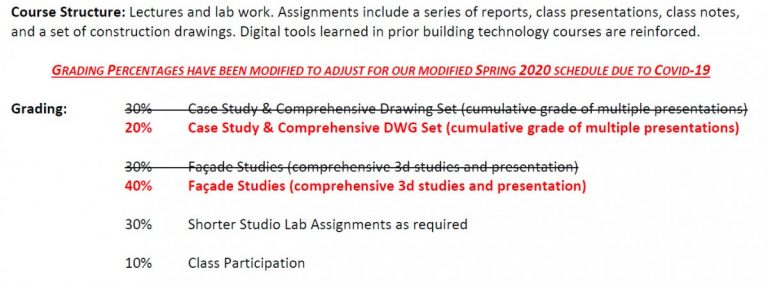

I don't really see anything wrong with PSU measurements being done at ~23C, that's a typical office temperature. Aris does not perform the actual certifications for Cybenetics. Neither Tom's Hardware nor its parent company, Purch Media, is financially involved with Cybenetics. He is also the Chief Testing Engineer of Cybenetics, and developed the Cybenetics certification methodologies apart from his role on Tom's Hardware.
PSU GRADING PERCENTAGES HOW TO
Should you want to know more about our perceived shortcomings in 80 PLUS, you can take a look at our earlier explainer on 80 PLUS, Is 80 PLUS Broken? How To Make It A More Trustworthy Certification.ĭisclaimer: Aris Mpitziopoulos is Tom's Hardware's PSU reviewer. 80 PLUS doesn’t deal effectively with the problem of fake efficiency badges.The standard makes no clear mention of testing equipment.The testing doesn’t take into account the 5VSB rail’s efficiency.This measurement is essential in the European market, where all PSUs should comply with the ErP Lot 6 and ErP Lot 3 directives. The process doesn’t measure standby power consumption ("vampire power").Measurements are conducted at a very low ambient temperature (23C, ±5C).The methodology allows for manufacturers to submit "golden" samples (that is, hand-picked models that perform ideally).

80 PLUS requires only a small number of measurements to classify a PSU into one of its categories.It also has its deficiencies, which we would break down accordingly: Nothing is ever perfect, and the 80 PLUS program is no different. At this writing, we know of only one PSU that meets the 80 PLUS Titanium 230V EU requirements-and that model features a custom form factor, so it's not compatible with ATX chassis. As expected, the requirements at the next three load levels are higher. The 80 PLUS Titanium 230V EU requirement at 10% load is the same as for the 80 PLUS Titanium 115V. (The base level for those is 80 PLUS Bronze.) For redundant PSUs, which are usually used in data-center applications, there are five levels in total. (Of course, the latter tend to be pricey at a given level of specs.)Īs with the 115V certifications, there are six levels for the 230V input 80 PLUS certifications-for non-redundant PSUs. Finally, the prices of Platinum-certified PSUs fell significantly once Titanium units made their appearance. The 80 PLUS Silver certification hasn't been very popular, because most manufacturers prefer to flog either the Bronze (budget-minded) or Gold (premium-minded) levels.

There are six 80 PLUS levels in total for non-redundant (desktop) PSUs:Ĭurrently, you'll hardly find any PSU on the market with the plain-old 80 PLUS certification, and usually the best efficiency-per-dollar score is delivered by Gold units. The list of designated college representatives appear below.As consumers, we mostly care about the "115V Internal Non-Redundant" levels. Students should consult with their academic adviser before submitting a Grade Forgiveness Request form. The form is only available to degree-seeking undergraduate students after a course has been repeated and a grade posted, where the original grade was a D or F.īefore submitting a request for grade forgiveness, please read the H-2 Undergraduate Grade Forgiveness procedure, which includes the complete policy and procedure regarding grade forgiveness. Students can access the Grade Forgiveness Request form online in LionPATH by choosing Grade Forgiveness under Academic Records. How to Submit a Grade Forgiveness Request If a grade forgiveness request is approved, the original course still will appear on the student's official transcript, but will not earn credit or count towards the student's term or cumulative GPA. Under this new policy, if a student earns a D or F grade in a course but then repeats the course and earns a better grade, the original grade can be forgiven. Beginning with the summer 2020 semester, Penn State is implementing a new grade forgiveness option for undergraduate students.


 0 kommentar(er)
0 kommentar(er)
